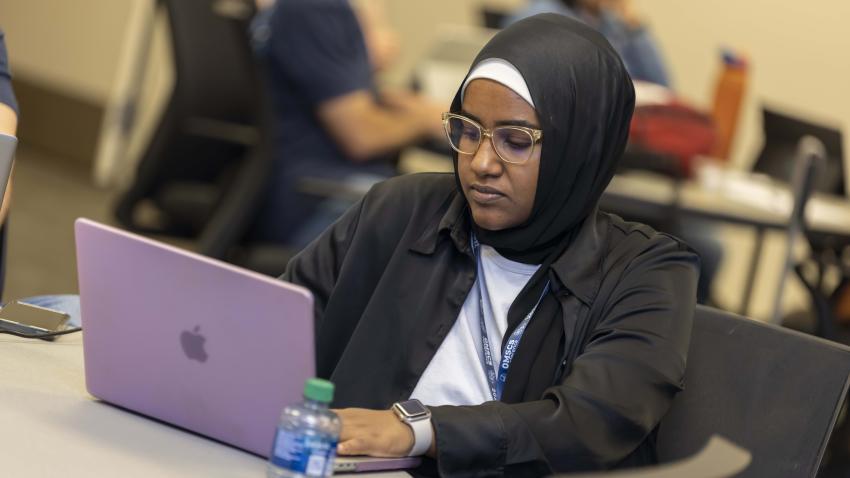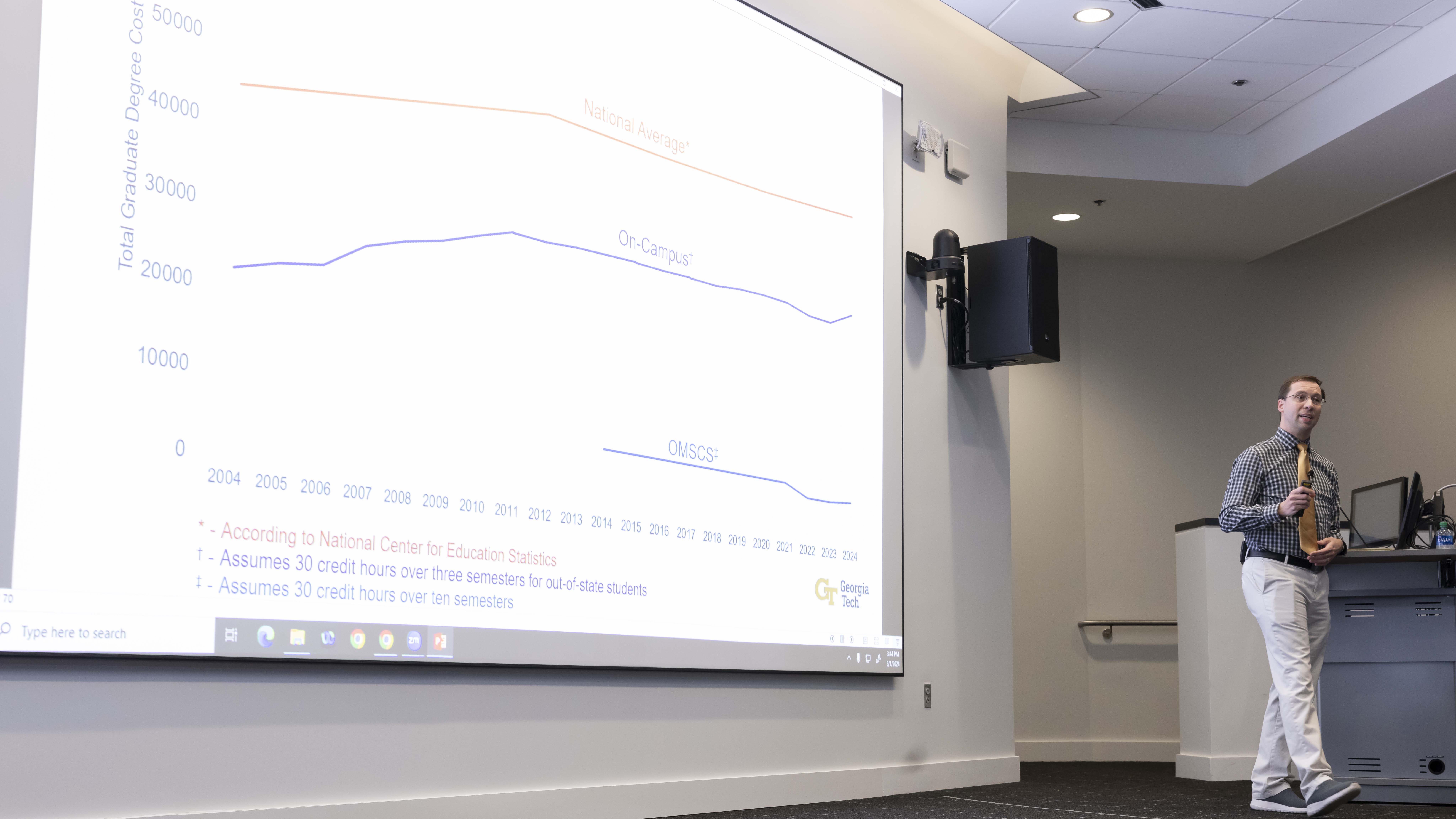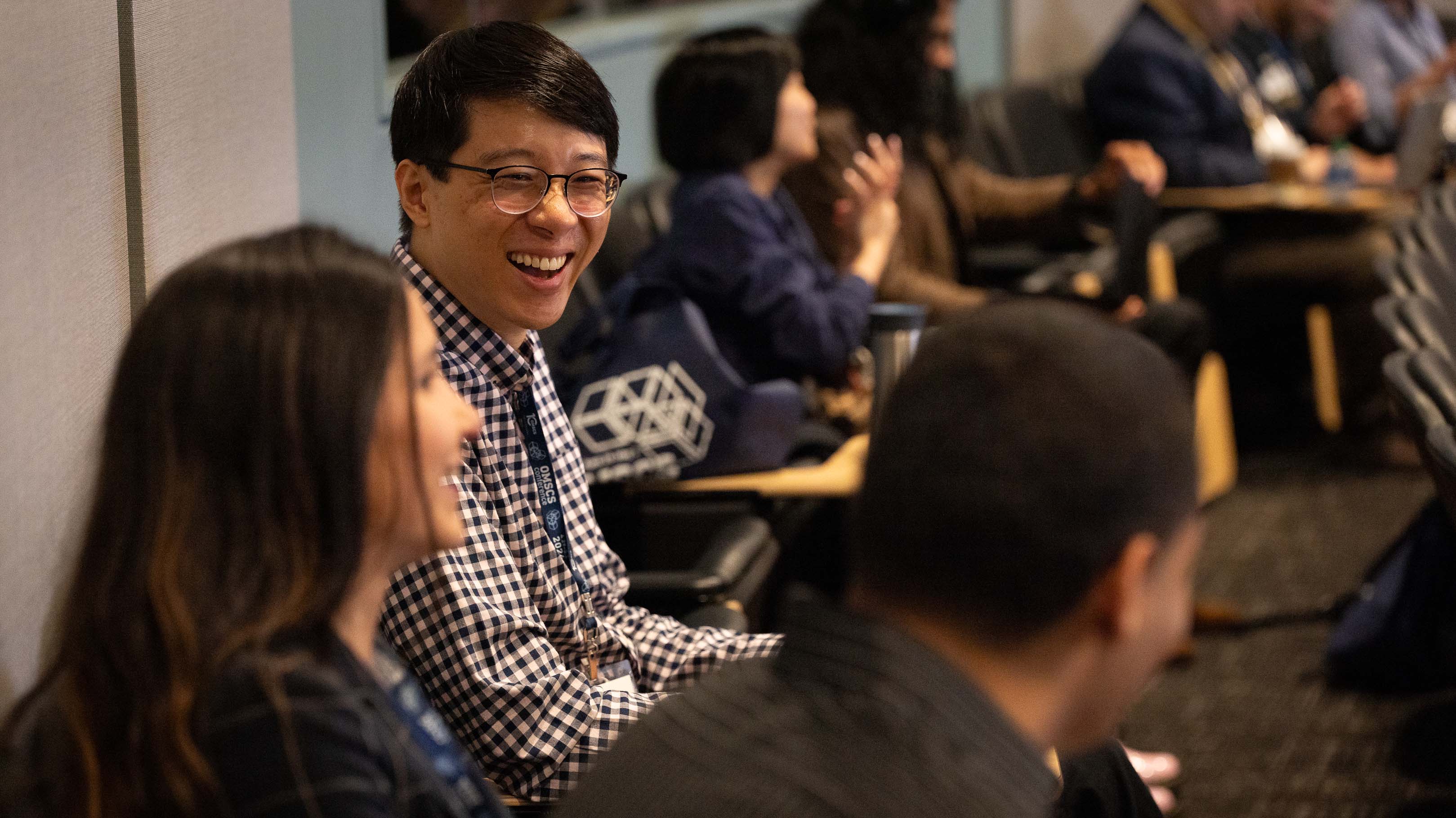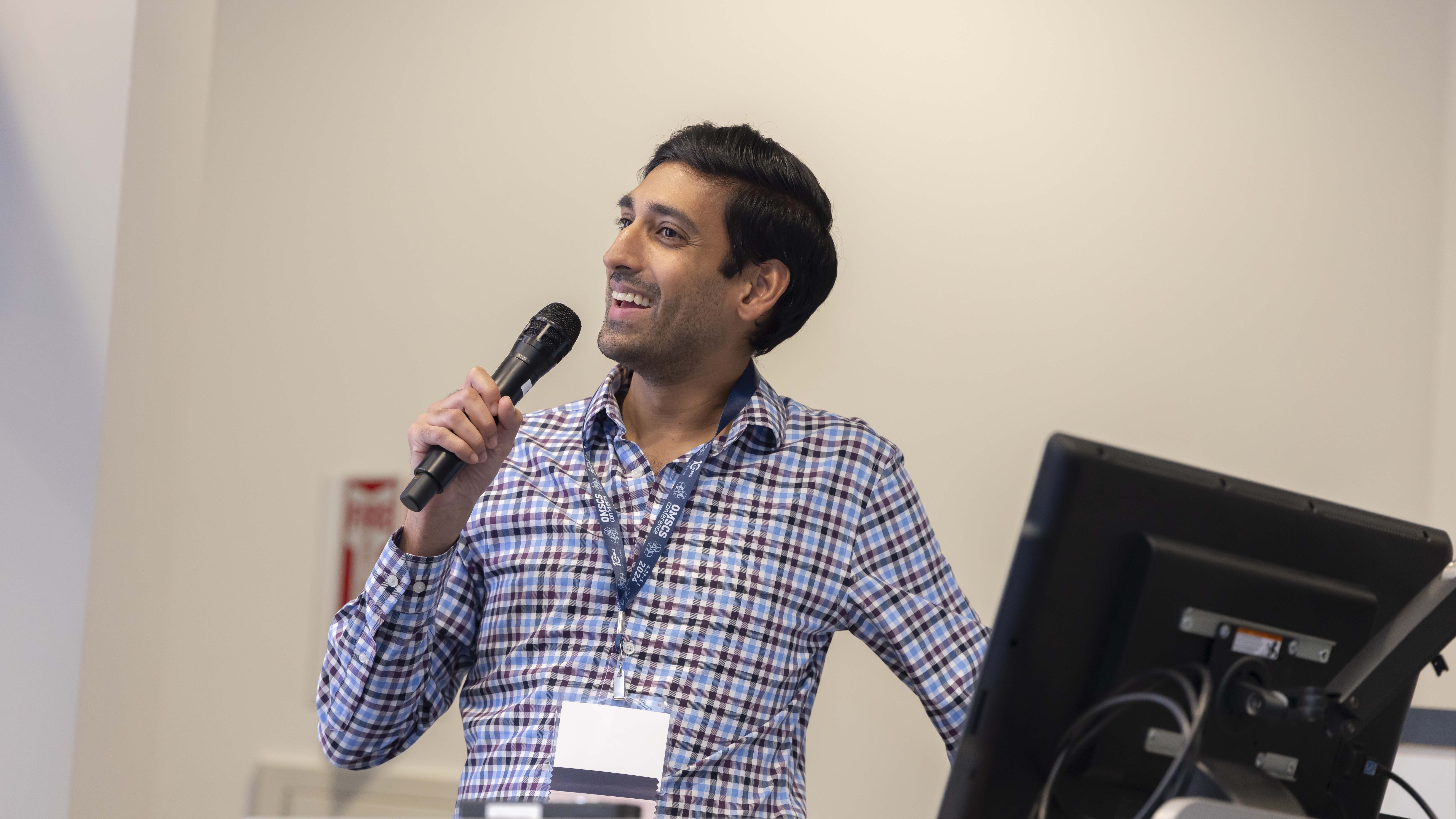
Learning at Scale: Researchers Examine the Evolution of Affordable At-Scale Degree
As Georgia Tech’s Online Master of Science in Computer Science (OMSCS) program marks its 10th anniversary, College of Computing’s David Joyner and Alex Duncan are examining key trends in the groundbreaking program that has transformed graduate education.
Their research paper, Ten Years, Ten Trends: The First Decade of an Affordable At-Scale Degree, will be presented at the 2024 Learning @ Scale Conference, which Georgia Tech is hosting.
Launched in 2014, the OMSCS program used Massive Open Online Course (MOOC) platforms to offer an affordable, high-quality graduate degree in Computer Science (CS), making advanced education accessible globally by overcoming cost and geographic barriers.

"OMSCS is in so many ways an unprecedented program, and so there's no real frame of reference for some of the trends we might be interested in,” Joyner said. He emphasized the program's uniqueness, noting how it defies typical trends in higher education by becoming more affordable over time and experiencing significant growth while other programs face enrollment declines.
Joyner and Duncan's paper identifies ten major trends that have emerged over the program's first decade:
Steady Growth in Applications: Applications to the OMSCS program have grown consistently, with the acceptance rate increasing from 70% to around 85%.
Retention and Re-Enrollment Patterns: Approximately 8% to 12% of non-graduating students do not return each semester, though many eventually re-enroll. This indicates a flexible approach to education that accommodates students' varying circumstances.
Impact on On-Campus Programs: The growth of the online program has not negatively impacted Georgia Tech's on-campus CS program; on-campus applications and enrollment have tripled since OMSCS’s launch.
Diverse Academic Backgrounds: About half of the students have formal degrees in computing, with others coming from engineering (40.7%), data science and math (24.1%), business and accounting (17.9%), social sciences (14.3%), and natural sciences (10.8%).
Varied Time to Graduation: Students take an average of 10 semesters to graduate, though some complete the program in as few as five semesters, while others take 13 or more.
Stable Grade Trends: Most courses have not experienced significant grade inflation or deflation over time, with overall program grades rising marginally, mainly due to new courses with higher average grades.
Increasing Gender Diversity: The fraction of women in the program has steadily increased, particularly among non-US residents, contributing to a decreasing gender disparity.
Shifting Geographic Demographics: The number of students from China has increased, while the number from India has slightly decreased. Georgia remains the highest source of students per capita within the US.
Gender Differences in Course Selection: Significant gender differences exist in course selection, with a relationship between class size and the fraction of women students.
No Gender-Based Grade Discrepancies: There is no evidence of a difference in grades earned by men and women, indicating a level playing field for academic achievement.

Joyner discussed the program's future, noting a recent 16% growth in enrollment and the largest application cycle ever. "I'm as interested as anyone in where this goes from here. The only constant is change," he said.
The trends identified by Joyner and Duncan offer a roadmap for understanding at-scale online programs. Joyner notes that OMSCS classes run very similarly to on-campus classes: they follow the same schedule, require the same assignments, and grade based on the same standards.

“The biggest piece of advice I give other schools is that the transition to scale isn't nearly as seismic as we expect,” Joyner said. “Start with what you're doing in person and make the minimum set of changes necessary to get bigger than you've been in the past. For many places, if we get rid of those pesky four walls and streamline how we hire teaching assistants a bit, we quickly find we were pretty scalable already.”
As computing revolutionizes research in science and engineering disciplines and drives industry innovation, Georgia Tech leads the way, ranking as a top-tier destination for undergraduate computer science (CS) education. Read more about the college's commitment:… https://t.co/9e5udNwuuD pic.twitter.com/MZ6KU9gpF3
— Georgia Tech Computing (@gtcomputing) September 24, 2024


